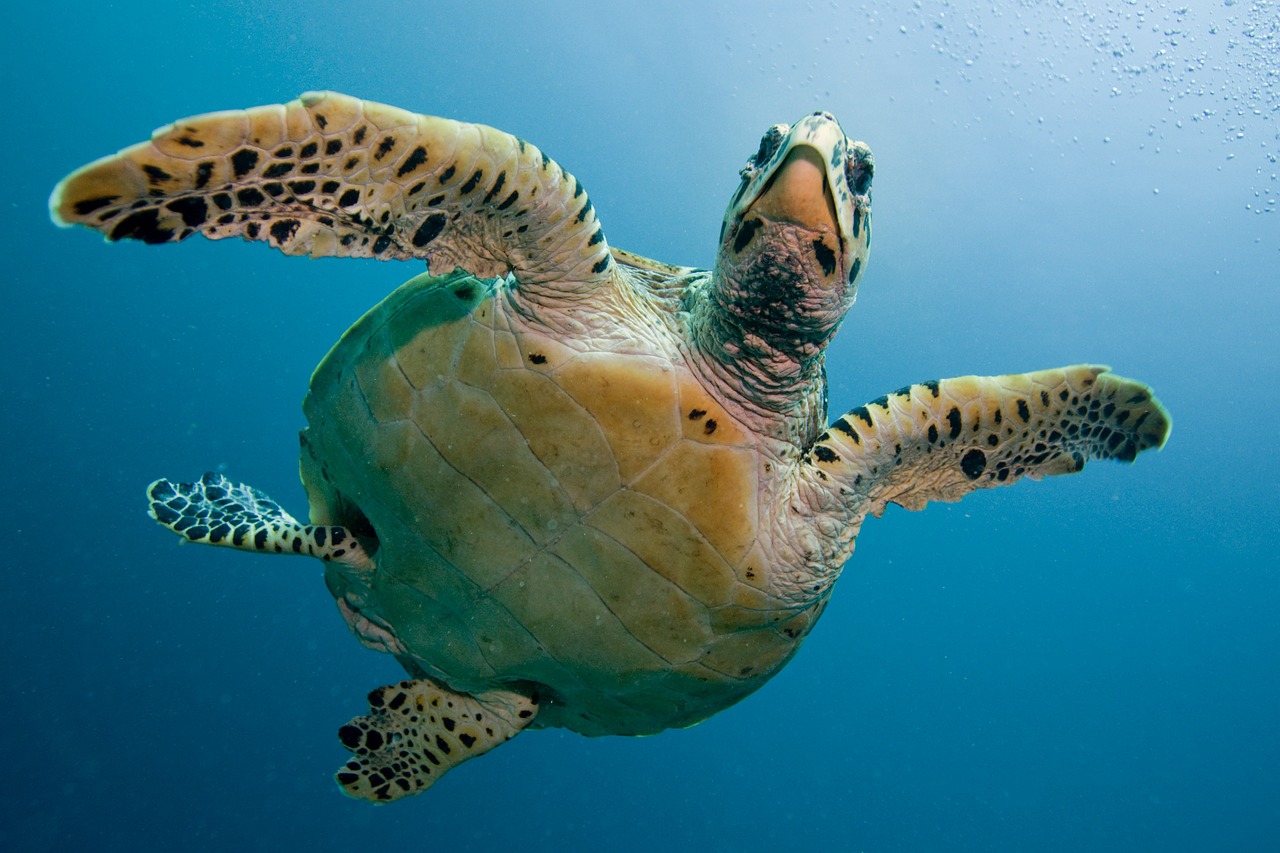Unmasking the Silent Language of Aquatic Turtles
Aquatic turtles have always been a source of fascination for nature lovers and pet enthusiasts. With their ancient lineage, compelling stoicism, and unique behaviors, these reptiles offer a world of exploration. This article delves into the intriguing aspects of aquatic turtle behavior, their communication methods, and the importance of understanding them for enhanced pet care and conservation efforts.

Understanding Aquatic Turtles: A Historical Perspective
Aquatic turtles are among the world’s oldest organisms, tracing back their lineage to over 200 million years ago. Their long existence, resilience, and adaptability have fascinated scientists for centuries. Over time, extensive research and observations have revealed that these turtles exhibit a complex set of behaviors and communication methods, often misunderstood due to their silent nature.
Unraveling Turtle Talk: Communication Among Aquatic Turtles
Contrary to popular belief, turtles are not solitary creatures. They exhibit a range of social behaviors and use sophisticated means to communicate. Unlike mammals, which primarily use vocalization, aquatic turtles rely on visual and tactile cues. This includes posturing, head bobbing, and mutual grooming. For instance, male sliders court females by extending their claws and vibrating them against the female’s face. Understanding these subtle signs can significantly aid in better pet care and conservation efforts.
An Emerging Trend: The Use of Technology to Study Turtle Behavior
In recent years, technology has been increasingly used to study and understand aquatic turtle behavior. Researchers are utilizing high-speed cameras to capture subtle movements and behaviors in these creatures. These technological advancements are helping us gain a deeper insight into the often-overlooked social lives of turtles, revealing a new dimension in our understanding of these creatures.
The Market Implication: Enhancing Pet Care and Conservation
The growing understanding of aquatic turtle behavior is influencing the pet industry and conservation efforts. Pet supplies manufacturers are designing products that cater to the specific behavioral needs of turtles. This includes larger aquariums that allow for social interaction and tools that assist in environmental enrichment. Simultaneously, conservationists are using this knowledge to develop more effective strategies to protect these ancient creatures.
The Value of Understanding Aquatic Turtle Behavior
There’s a lot more to aquatic turtles than meets the eye. Their silent language and unique behaviors offer a deep well of knowledge waiting to be explored. By understanding them better, we can enhance our pet care practices, contribute to their conservation, and ultimately, deepen our connection with these fascinating creatures.
To sum up, the unmasking of the silent language of aquatic turtles adds a new dimension to our understanding of these creatures. It underscores the importance of continuous research and learning in improving pet care and wildlife conservation. As we continue to explore and uncover more about these ancient creatures, we can hope to forge a stronger bond with nature and the animal kingdom.




